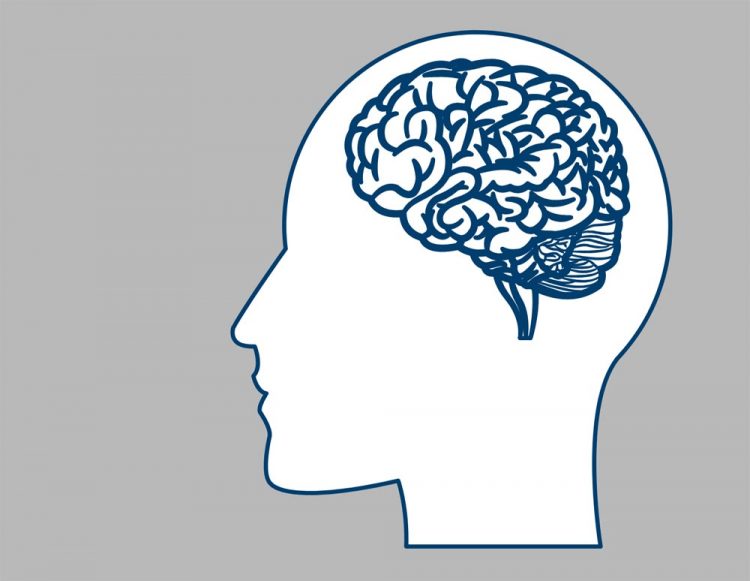A Protective Factor Against Alzheimer’s Disease?

Source: DZNE / Daniel Bayer
In the brain, TREM2 is exclusively produced by microglia, the immune cells of the brain. These cells patrol the brain and clear it from cellular waste products and debris to keep it healthy.
In previous studies on mice, Haass and his colleagues demonstrated that TREM2 activates microglia to enclose and selectively destroy toxic protein aggregates typical for Alzheimer’s disease. “These observations indicate that TREM2 can protect the brain from the degenerative effects of the disease – at least in animal models,” said Haass.
But what about patients with Alzheimer’s disease? Does TREM2 protect the human brain as well? To answer these questions, Haass, Ewers, and their colleagues correlated the concentration of TREM2 in the cerebrospinal fluid of Alzheimer patients with their respective disease progression over several years.
To this end, they used data of 385 subjects from the Alzheimer's Disease Neuroimaging Initiative (ADNI), a large clinical dataset containing records and samples from patients and healthy seniors taken at regular checkups over many years. The study thus allows to establish associations between certain biochemical changes and disease progression.
Indeed, Haass and Ewers found that high levels of TREM2 improved the prognosis of subjects at all stages of the disease. Their memory remained more stable and the degradation of the hippocampus, a brain region responsible for learning and recollection, was less pronounced.
“Our findings are clinically relevant because we found that higher levels of TREM2 were associated also with a reduced rate of the development of full blown dementia over a time period up to 11 years”, explained Ewers. “Microglia activation is a double-edged sword, entailing both protective effects and neurotoxic inflammation. TREM2 signaling may play a key role in the regulation of the brain’s protective immune response”.
The concentration of TREM2 in the cerebrospinal fluid usually increases at early stages of the disease, when the first symptoms appear. “TREM2 production is a response to brain damage that has already occurred,” said Haass.
“It stimulates the microglia to protect the brain. However, this protection does not seem to be sufficient in patients with Alzheimer's disease”. This is where Haass and his colleagues see an option for new therapeutic strategies. “We are currently developing a therapeutic antibody that stimulates the TREM2 function and thus improves its protective function,” said Haass.
Increased soluble TREM2 in cerebrospinal fluid is associated with reduced cognitive and clinical decline in Alzheimer’s disease; Michael Ewers, Nicolai Franzmeier, Marc Suárez-Calvet et al.; Science Translational Medicine (2019); DOI: 10.1126/scitranslmed.aav6221
https://www.dzne.de/en/news/public-relations/press-releases/press/a-protective-f… This press release
https://www.dzne.de/aktuelles/presse-und-oeffentlichkeitsarbeit/pressemitteilung… German version
Media Contact
All latest news from the category: Health and Medicine
This subject area encompasses research and studies in the field of human medicine.
Among the wide-ranging list of topics covered here are anesthesiology, anatomy, surgery, human genetics, hygiene and environmental medicine, internal medicine, neurology, pharmacology, physiology, urology and dental medicine.
Newest articles

A universal framework for spatial biology
SpatialData is a freely accessible tool to unify and integrate data from different omics technologies accounting for spatial information, which can provide holistic insights into health and disease. Biological processes…

How complex biological processes arise
A $20 million grant from the U.S. National Science Foundation (NSF) will support the establishment and operation of the National Synthesis Center for Emergence in the Molecular and Cellular Sciences (NCEMS) at…

Airborne single-photon lidar system achieves high-resolution 3D imaging
Compact, low-power system opens doors for photon-efficient drone and satellite-based environmental monitoring and mapping. Researchers have developed a compact and lightweight single-photon airborne lidar system that can acquire high-resolution 3D…





















